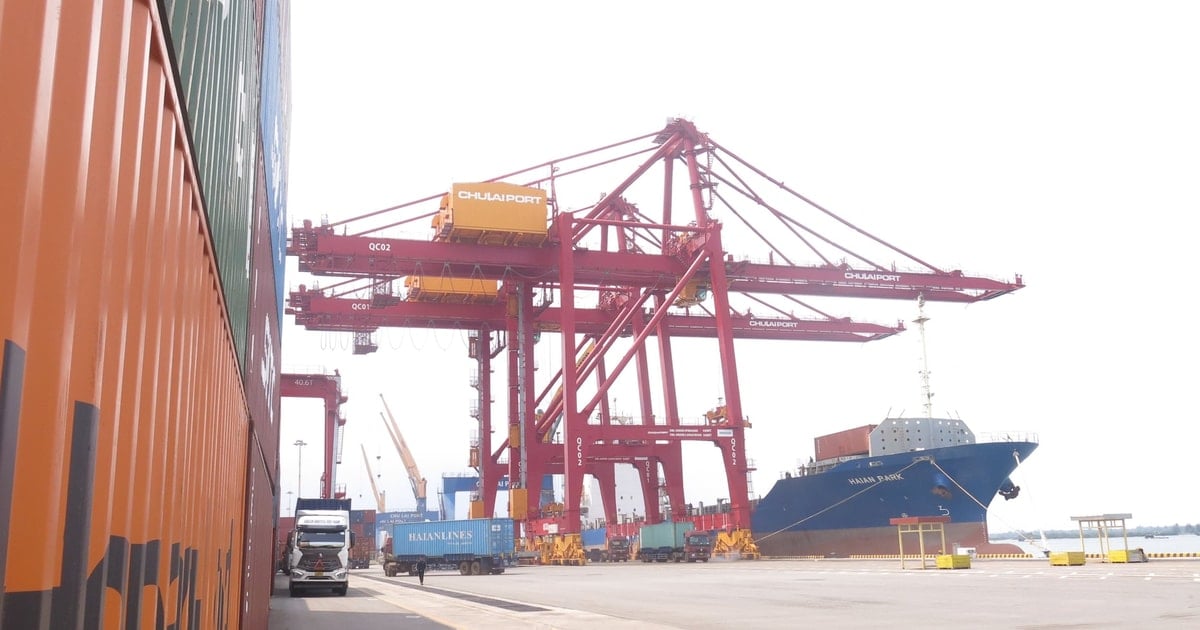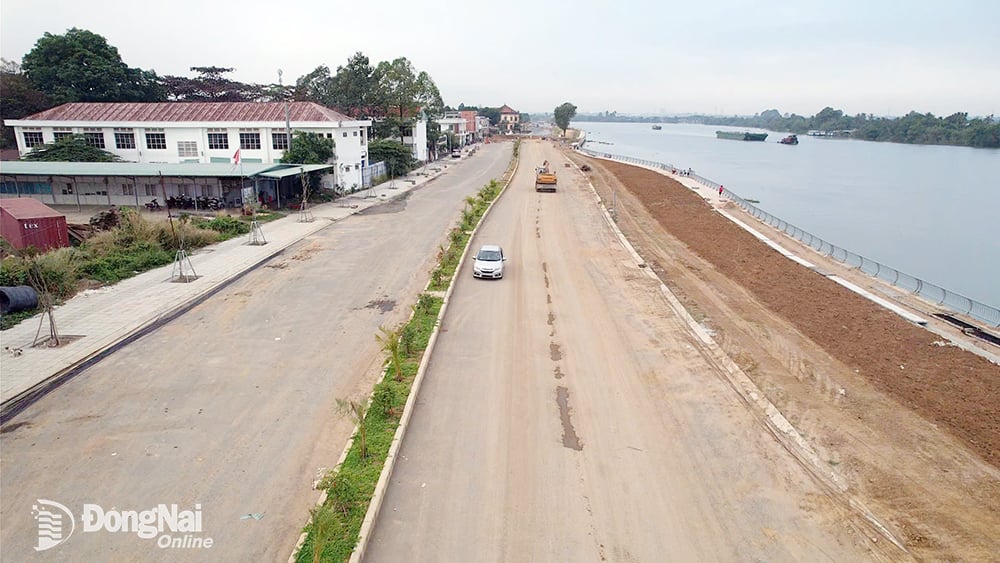The Asian Development Bank (ADB) has forecast positive economic growth for Vietnam, estimated at 6.0% in 2024 and 6.2% in 2025.
September 25, 2024, Asian Development Bank (ADB) has released the Asian Development Outlook (ADO) Report, according to which the organization forecasts positive economic growth for Vietnam, with gross domestic product (GDP) estimated at 6.0% in 2024 and 6.2% in 2025.

“Vietnam’s economy rebounded strongly in the first half of 2024 and continues to maintain growth momentum despite global uncertainties,” said ADB Country Director for Viet Nam Shantanu Chakraborty. “The steady recovery was driven by improved industrial production and robust trade.”
Accordingly, the industrial sector continues to be the main driver of growth, as external demand for key electronics exports contributes to increased production. Vietnam’s economic recovery is also supported by a recovery in the service sector and stable agricultural output. However, weak domestic demand and a difficult global economic outlook add to uncertainty.
Inflation is forecast to rise slightly to 4% in 2024 and 2025, although geopolitical tensions, including conflicts in the Middle East and Russia-Ukraine, could impact oil prices and potentially increase inflation.
The ADB’s Asian Development Outlook also highlights a number of risks that could slow Vietnam’s growth momentum. These include weak external demand in some major economies, while geopolitical tensions and uncertainties surrounding the US election in November could cause trade disruptions, negatively affecting the country’s growth. exports, manufacturing and employment.
On that basis, ADB experts recommend that boosting domestic demand requires stronger fiscal stimulus measures, such as accelerating public investment, while maintaining low interest rates. Coordination between policies is essential for economic recovery, in the context of relatively stable prices and weak demand.
In addition, Vietnam’s monetary policy will continue to focus on the dual objectives of price stability and growth support, despite limited policy space. However, the risk of rising non-performing loans due to the continued extension of the debt restructuring regulation limits the scope for further monetary easing. Therefore, any additional monetary policy easing should be closely coordinated with expansionary fiscal policy, along with accelerated institutional reforms to support the economy.
Source


![[Photo] Closing of the 4th Summit of the Partnership for Green Growth and the Global Goals](https://vstatic.vietnam.vn/vietnam/resource/IMAGE/2025/4/17/c0a0df9852c84e58be0a8b939189c85a)
![[Photo] National Assembly Chairman Tran Thanh Man meets with outstanding workers in the oil and gas industry](https://vstatic.vietnam.vn/vietnam/resource/IMAGE/2025/4/17/1d0de4026b75434ab34279624db7ee4a)
![[Photo] Nhan Dan Newspaper announces the project "Love Vietnam so much"](https://vstatic.vietnam.vn/vietnam/resource/IMAGE/2025/4/17/362f882012d3432783fc92fab1b3e980)
![[Photo] General Secretary To Lam receives French Ambassador to Vietnam Olivier Brochet](https://vstatic.vietnam.vn/vietnam/resource/IMAGE/2025/4/17/49224f0f12e84b66a73b17eb251f7278)

![[Photo] Promoting friendship, solidarity and cooperation between the armies and people of the two countries](https://vstatic.vietnam.vn/vietnam/resource/IMAGE/2025/4/17/0c4d087864f14092aed77252590b6bae)


















![The Legend of the Pieu Scarf in the Northwest Region [Vietnam Cultural Tourism]](https://vstatic.vietnam.vn/vietnam/resource/IMAGE/2025/4/14/ed2ef5ba2d64465e9651e78816007c13)





![[Photo] Welcoming ceremony for Chinese Defense Minister and delegation for friendship exchange](https://vstatic.vietnam.vn/vietnam/resource/IMAGE/2025/4/17/fadd533046594e5cacbb28de4c4d5655)



























![[Video] Viettel officially puts into operation the largest submarine optical cable line in Vietnam](https://vstatic.vietnam.vn/vietnam/resource/IMAGE/2025/4/17/f19008c6010c4a538cc422cb791ca0a1)






































Comment (0)